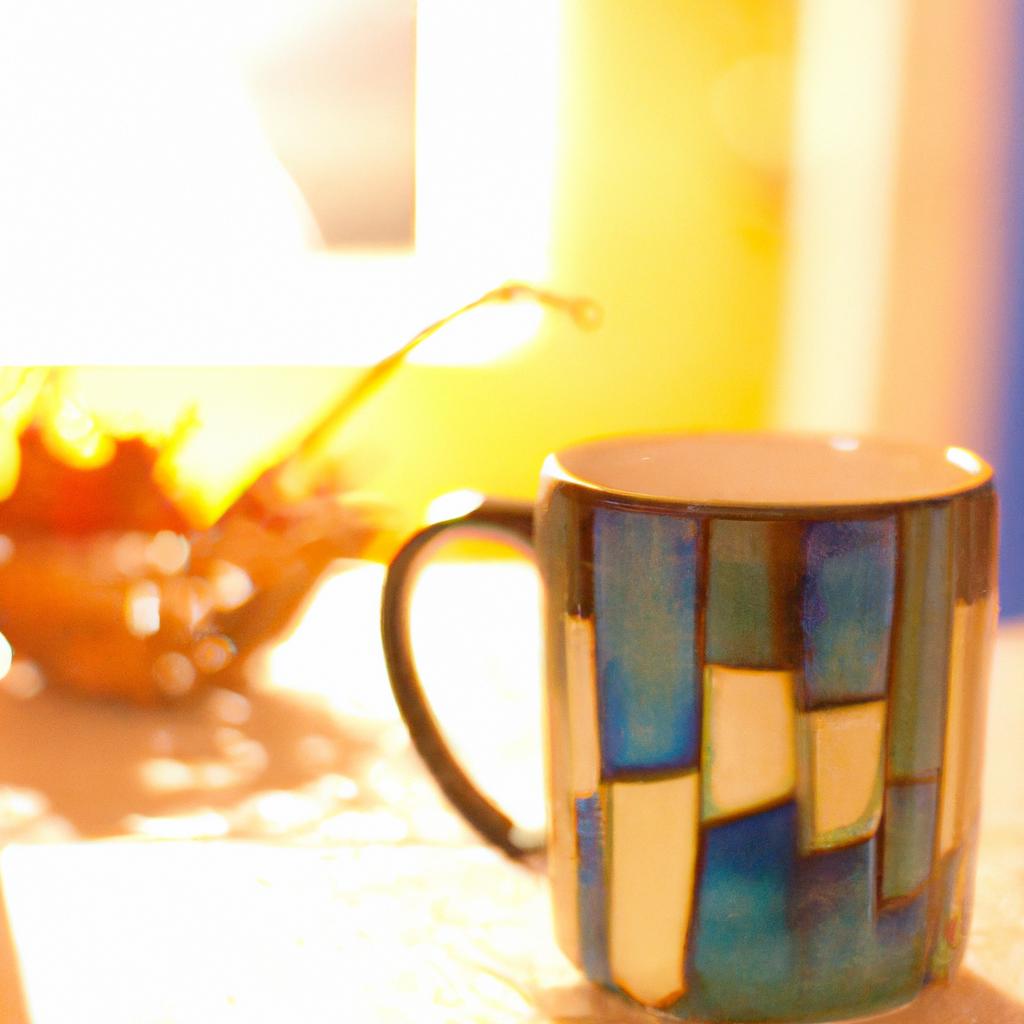Introduction to Glazing
Glazing is an age-old form of painting which has been used by artists throughout the centuries to create stunning works of art. It is a technique that uses thin, transparent layers (or glazes) of colored paint, applied over an underpainting, in order to achieve luminosity and contrast. By layering color in this way, both subtle and intense effects can be achieved that would not be possible through traditional methods.
Glazing brings paintings to life; it adds depth and perspective, allowing for different hues and values to blend together seamlessly. This produces a unique luminosity that can help to give your work a sense of realism and 3-dimensionality. Glazing is often used in portraiture, landscapes, and abstracts for just this reason – it creates the illusion of light, shadow, texture, and form.
In this guide, we’ll explore the basics of glazing, from the materials used to the steps of applying it. We’ll discuss the different techniques and provide tips and tricks for creating beautiful, luminous paintings. So let’s get started!
What is Color Glazing?
Color glazing is a painting technique used to create depth and luminosity in paintings. The practice involves layering transparent or semi-transparent colors over each other. This allows light to pass through the layers, giving the painting a unique sense of luminosity and depth as well as creating interesting color combinations and effects.
There are many different types of mediums used in color glazing, from oil paints to acrylics, watercolors, and even egg tempera. Each medium has its own unique characteristics and can produce different effects when used correctly. The medium you choose will depend on the aesthetic you wish to achieve.
Color glazing requires patience and practice, but with some trial and error you’ll be able to capture the look and feel you desire. It’s important to remember that glazing takes time; the process of layering colors may take several days or even weeks depending on the complexity of the work.
Create Depth Through Glazing
Glazing is a painting technique where translucent layers of color are applied to a canvas or other surface to create a luminous effect. Glazing can be used to produce a range of effects, including creating depth in a painting. Through the careful application of glazes, you can bring life and dimension to your work.
Layering different colors together in successive glazes is one way to add depth to your painting. Start with the lightest colors first, then slowly build up layers of darker shades. By doing this, you will create an illusion of three-dimensionality. To add even more depth, try creating an underpainting with darker values and then gradually apply glazes of lighter values.
Contrast is another excellent way to create depth with glazing. By combining colors of high contrast, you can make different sections of the painting stand out and become more prominent. For example, contrast bright yellow with dark blue to create an eye-catching effect.
You can also employ texture to create further depth. Apply thin layers of glaze over textures that you have created beforehand, such as brushstrokes or sponging. This will make the texture more noticeable and give the painting a more dynamic look.
If you find that your glazed painting is too flat, try adding a few highlights here and there with opaque colors. This will create the illusion of light falling on different areas of the painting and make it appear more dimensional.
By using techniques such as layering, contrast, and texture, you can use glazing to bring depth and luminosity to your paintings.
How to Apply Color Glazing
Applying color glazing is an important skill for any painter looking to create depth and luminosity in their artwork. With a few simple steps and some practice, you can achieve beautiful, eye-catching results.
Step 1: Choose Your Materials
Choose from a range of glazing mediums such as oil, gum arabic, acrylic, and egg tempera. Also consider the type and brand of paint you will use. Make sure that they are compatible with your chosen medium.
Step 2: Prepare the Canvas
If you’re working on canvas, make sure that it is properly primed beforehand. This will ensure the best results when applying glaze.
Step 3: Add Color to the Canvas
Mix your paint with your glazing medium and apply it to the canvas; start light and then add more layers for depth.
Step 4: Let the Paint Set
Allow the paint to dry completely before beginning the next layer. This could take anywhere from a few hours to several days, depending on the glazing medium you’re working with.
Step 5: Add Additional Layers
Repeat the process until you reach your desired effect. You can also experiment with different techniques such as wet-on-wet and layering for unique results.
Step 6: Evaluate and Finalize
Once your painting is complete, take a step back and evaluate your work. Make any necessary additions or adjustments for the desired effect.
Understand Different Glazing Techniques
Glazing is a technique used by painters to layer colors in order to create depth, luminosity, and contrast in a painting. There are various methods for applying color glazing, such as layering or using the wet-on-wet technique. Knowing different techniques and how to apply them is essential for creating interesting and captivating paintings.
Layering involves applying successive layers of color glaze in order to alter the hues and tones of the painting. After each layer is applied, you can choose to add more layers until you’ve achieved the desired effect. Layer color glazes over one another in order to achieve complex hues and shades, or to bring more luminosity to certain sections of the painting.
The wet-on-wet technique is a more advanced approach to glazing. This technique is best used when you need to add details or texture to the painting. It involves applying wet paint directly to a wet canvas before the first coat has dried. This allows for colors to mix and blend together, creating unique and unique patterns and textures within the painting.
Both layering and wet-on-wet color glazing techniques can be used to create stunning effects in a painting. However, it is important to have patience and practice to master them. With practice and dedication, you will be able to use these techniques to create beautiful paintings full of depth and luminosity.
Tips & Tricks for Color Glazing
Adding luminosity and contrast to your paintings through color glazing is a rewarding and beautiful result. Here are some helpful tips and tricks you can use to achieve the best effects:
- Build up layers of very thin transparent layers over an existing layer, this will help create depth and atmosphere.
- Try adding a few drops of medium to your paint to help ensure that the glaze goes on smoothly.
- To ensure a consistent finish, always apply the glazes in the same direction.
- To create a soft, luminous sheen, try painting your glaze in a circular motion.
- For a more vibrant, saturated color, try applying multiple layers of glaze.
- When working with multiple colors, it’s often helpful to start by pre-mixing your pigments.
By utilizing these tips and tricks, you can create with confidence and create beautiful paintings with a professional finish.
Conclusion
Glazing is an essential technique for creating depth and luminosity in paintings. The practice involves layering transparent colors with different techniques, such as wet-on-wet or dry-brush. By layering multiple colors over each other, you can create contrast and brighten colors, while also creating a sense of depth and luminosity. The best way to become familiar with glazing is to experiment with it and try out different techniques. With some practice, you’ll be able to create stunning paintings that are sure to capture the admiration of viewers.
comments: 0

